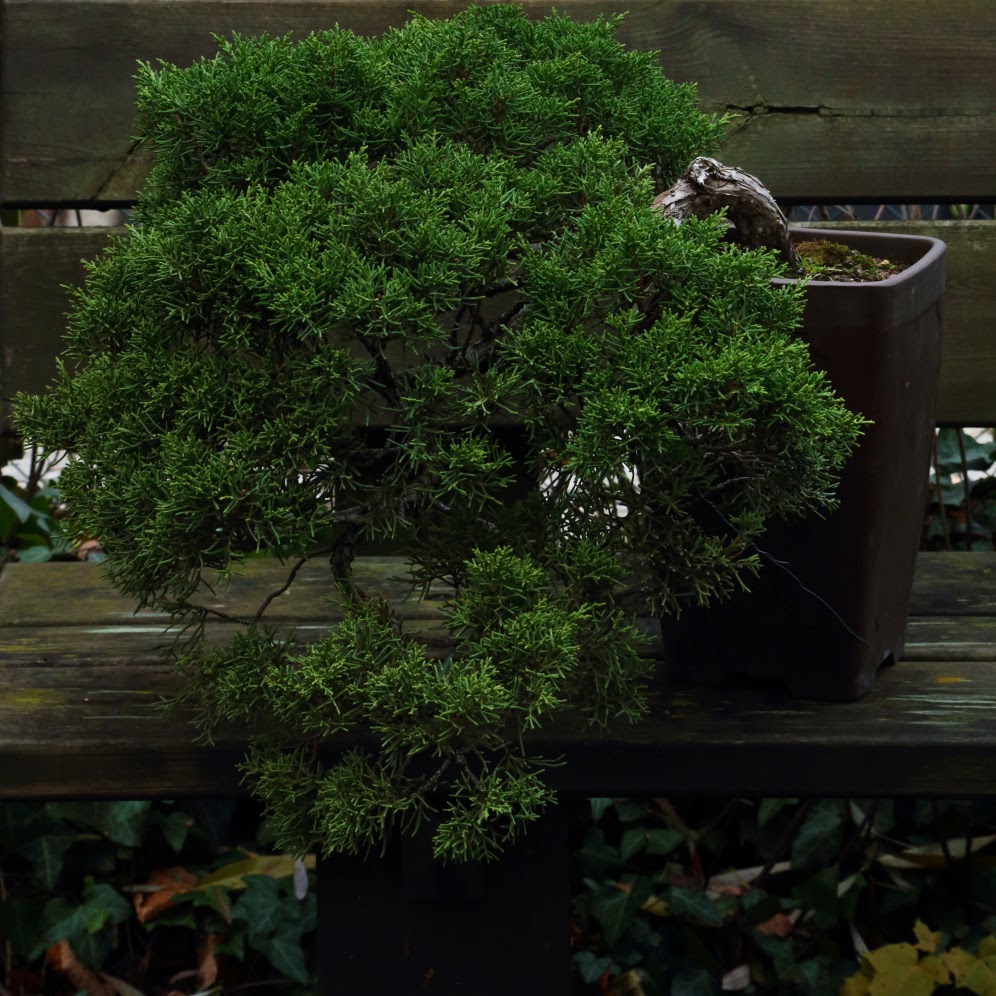order: geraniales
family: geraniaceae
genus: pelargonium
species: x
cultivar: 'Grandeur Odorata Rose'
Like every year else, in this spring (2013), after the winter had melted away, we did a major shopping for our garden. We happened to go to several garden centres different from the ones we usually go to. I don't even remember what their names were and where they were exactly. But this particular garden centre close to the town called Aschaffenburg had a massive range of herbs. We picked up plant after plant and placed in our shopping cart. They also had quite a selection of scented pelargoniums, which was on my wish list. I took care in selecting my favourite one and the outcome was this cultivar labelled as 'Grandeur Odorata Rose'.
The scented part of the plant is not the flowers but rather the soft and furred leaves, which give off the most typical smell of roses, like that of rose water, when rubbed. The plant didn't flower as profusely as the common pelargoniums we have for the balcony, but I didn't seem to miss anything because the scent alone was so pleasurable. I placed it at the south side of our garden where it received full sun. It needed very frequent watering though it seemed to be able to withstand some drought.
After the growing season, I moved it into our stairwell untrimmed, where lighting condition isn't the best, but the plant doesn't complain. Some lower leaves turned yellow and shed. That's all. Even fallen leaves are nicely scented. They often fill the stairwell with delightful perfume if the neighbours above us trampled on them while leaving the house before I could pick them up.
The care for this plant is easy. The only thing I need to make sure is to never expose it to freezing temperature. With ample water and some fertiliser, it grows very much in a single season.
family: geraniaceae
genus: pelargonium
species: x
cultivar: 'Grandeur Odorata Rose'
Like every year else, in this spring (2013), after the winter had melted away, we did a major shopping for our garden. We happened to go to several garden centres different from the ones we usually go to. I don't even remember what their names were and where they were exactly. But this particular garden centre close to the town called Aschaffenburg had a massive range of herbs. We picked up plant after plant and placed in our shopping cart. They also had quite a selection of scented pelargoniums, which was on my wish list. I took care in selecting my favourite one and the outcome was this cultivar labelled as 'Grandeur Odorata Rose'.
The scented part of the plant is not the flowers but rather the soft and furred leaves, which give off the most typical smell of roses, like that of rose water, when rubbed. The plant didn't flower as profusely as the common pelargoniums we have for the balcony, but I didn't seem to miss anything because the scent alone was so pleasurable. I placed it at the south side of our garden where it received full sun. It needed very frequent watering though it seemed to be able to withstand some drought.
After the growing season, I moved it into our stairwell untrimmed, where lighting condition isn't the best, but the plant doesn't complain. Some lower leaves turned yellow and shed. That's all. Even fallen leaves are nicely scented. They often fill the stairwell with delightful perfume if the neighbours above us trampled on them while leaving the house before I could pick them up.
The care for this plant is easy. The only thing I need to make sure is to never expose it to freezing temperature. With ample water and some fertiliser, it grows very much in a single season.




